On the afternoon of November 28, with 93.93% of National Assembly delegates in agreement, the National Assembly passed a Resolution to pilot a number of specific policies on investment in road construction.
Increasing state capital for 2 PPP projects
Accordingly, the draft resolution recently passed by the National Assembly only allows the proportion of state capital participating in investment projects under the public-private partnership (PPP) method to exceed 50% of the total investment according to the current PPP law for 2 projects.
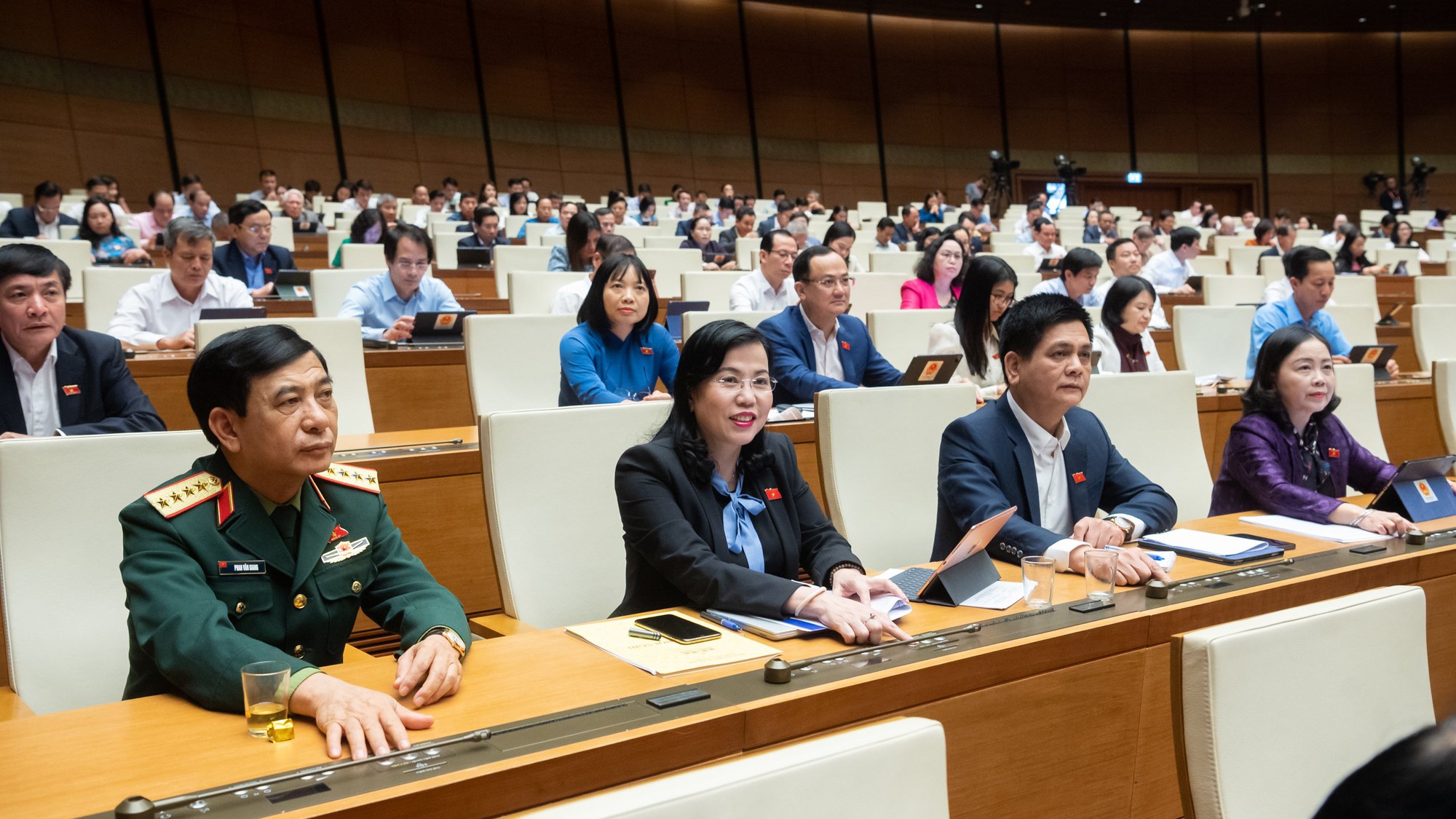
The National Assembly voted to pass the Resolution on piloting special policies for investment in road construction.
Specifically, the investment project to build a coastal road in Thai Binh province. The recently passed resolution allows the state capital ratio to not exceed 80% and the additional state capital participation is arranged from the local budget.
The second project is the investment project to build the Dong Dang (Lang Son) - Tra Linh ( Cao Bang ) expressway, phase 1. The resolution allows the state capital ratio to not exceed 70% of the total investment.
Previously, the Government proposed to pilot the increase of the state capital ratio to a maximum of 70% for PPP projects. However, the report on explanation and acceptance of the National Assembly Standing Committee presented by Chairman of the National Assembly Economic Committee Vu Hong Thanh at the meeting said that for projects passing through difficult socio-economic areas, the cost of site clearance may not be high, but due to low traffic volume, if the ratio of 70% is applied, the financial plan for the project will not be guaranteed.
According to the Government's report, the proposed pilot PPP projects have been decided on by the Prime Minister. However, the implementation of these projects has encountered difficulties and obstacles in mobilizing credit capital for investment, affecting the progress and ability to complete the project and reducing the efficiency of using the state capital planned for the project.
The National Assembly Standing Committee assessed that, in the context of difficulties in mobilizing non-budgetary capital to participate in PPP projects, the Government's proposal to increase the proportion of state capital participating in investment to ensure the feasibility of these projects is well-founded.
Therefore, the draft resolution has been completed in the direction of allowing the proportion of state capital participating in PPP projects to exceed 50% of the total investment for the above two projects.
Locality is the investor of the expressway.
Regarding the competent authority for road project investment, the resolution recently passed by the National Assembly stipulates that the Prime Minister shall consider, decide and be responsible for assigning the Provincial People's Committee to act as the competent authority, and to use local budgets and other legal capital to invest in national highway and expressway projects for 7 projects (in Appendix 2 attached to the resolution).
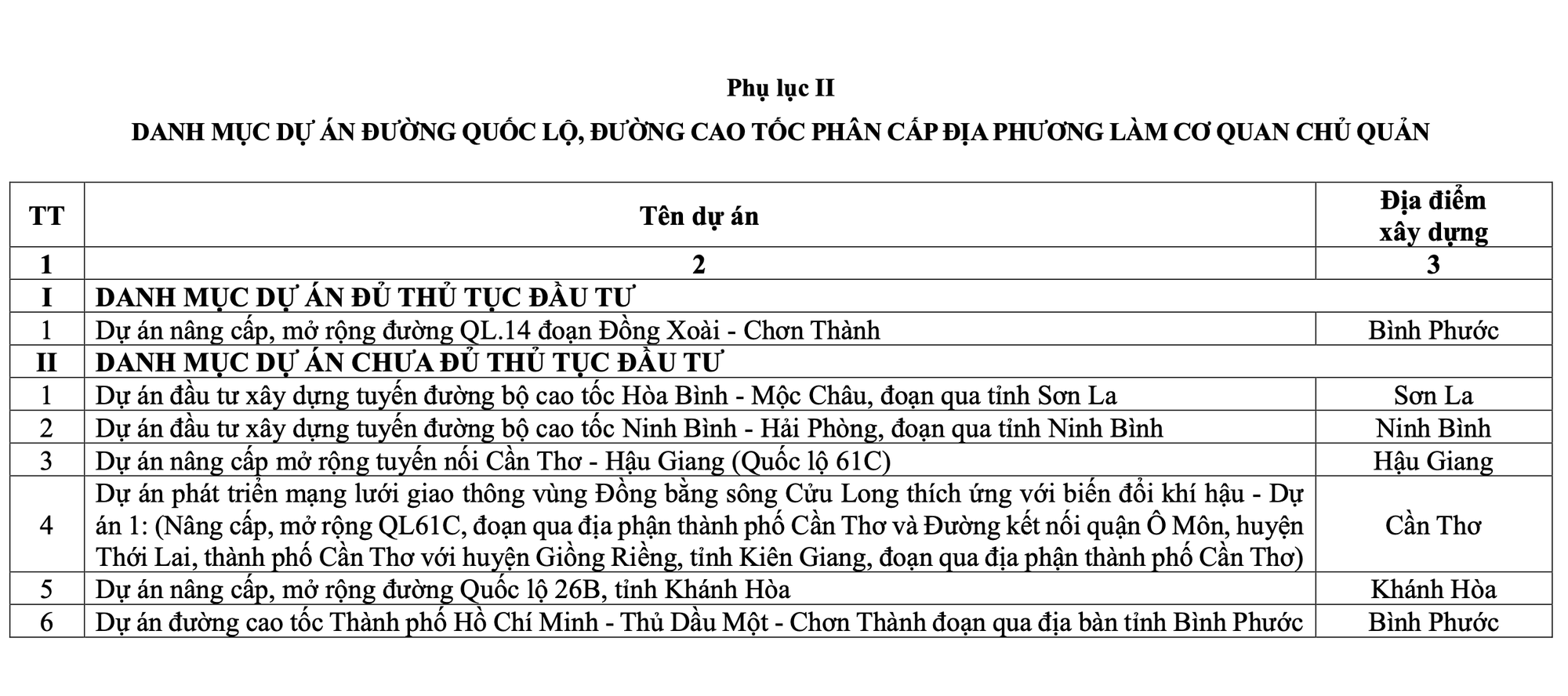
7 projects assigned to local investors
For the 6 projects that do not have sufficient investment procedures and are proposed for piloting, the Provincial People's Committee is assigned as the competent authority responsible for completing investment procedures during the effective period of this resolution.
The recently passed resolution also allows the Prime Minister to consider, decide and take responsibility for assigning 1 provincial People's Committee to act as the governing body, and to use the local budget to support other localities in implementing public investment activities of the project through localities for 14 projects (in Appendix 3 attached to the resolution).
For the 5 projects that do not have sufficient investment procedures proposed for piloting, the Provincial People's Committee is assigned as the competent authority responsible for completing investment procedures during the effective period of the resolution.

14 projects across many localities were assigned to 1 locality as investor.
In addition, the resolution also stipulates that contractors performing construction during the effective period of this resolution do not have to carry out procedures for granting licenses to exploit minerals for common construction materials included in the construction materials survey dossier serving 21 projects in Appendix 4 attached to the resolution.
The mineral exploitation specified in this clause shall be carried out until the project is completed. In cases where it is not necessary to prepare a mineral exploitation investment project, it is not necessary to carry out procedures for preparing an environmental impact assessment report.
The Resolution also specifically stipulates the responsibilities of contractors and provincial People's Committees in assessing environmental impacts and environmental protection measures at places where minerals are exploited for common construction materials.
Source link


![[Photo] Prime Minister Pham Minh Chinh and United Nations Secretary-General Antonio Guterres attend the Press Conference of the Hanoi Convention Signing Ceremony](https://vphoto.vietnam.vn/thumb/1200x675/vietnam/resource/IMAGE/2025/10/25/1761391413866_conguoctt-jpg.webp)
![[Photo] Prime Minister Pham Minh Chinh attends the opening of the 47th ASEAN Summit](https://vphoto.vietnam.vn/thumb/1200x675/vietnam/resource/IMAGE/2025/10/26/1761452925332_c2a-jpg.webp)

![[Photo] National Assembly Chairman Tran Thanh Man receives United Nations Secretary-General Antonio Guterres](https://vphoto.vietnam.vn/thumb/1200x675/vietnam/resource/IMAGE/2025/10/25/1761390815792_ctqh-jpg.webp)


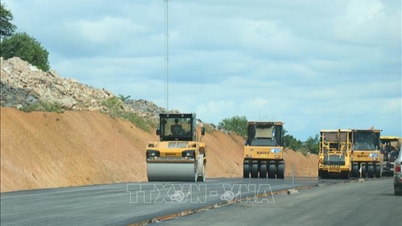



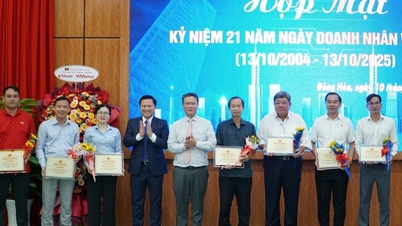








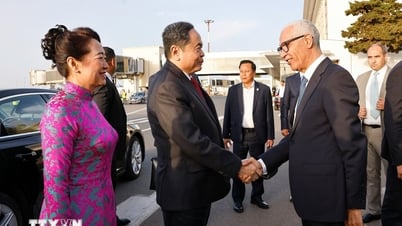

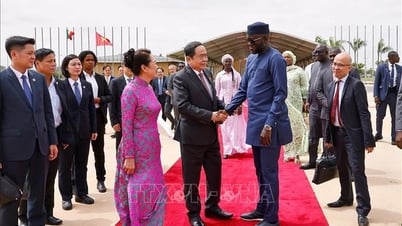


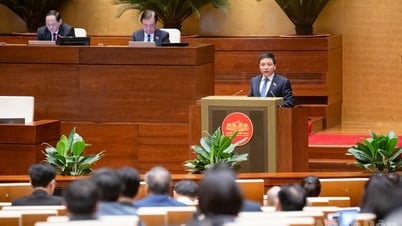
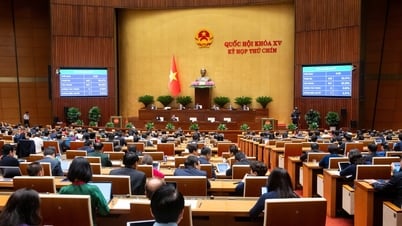






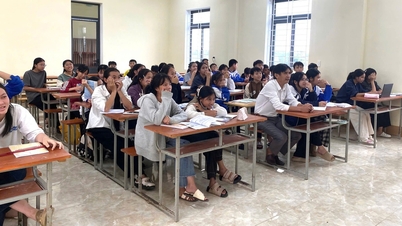




![[Photo] Prime Minister Pham Minh Chinh receives United Nations Secretary-General Antonio Guterres](https://vphoto.vietnam.vn/thumb/1200x675/vietnam/resource/IMAGE/2025/10/25/1761390212729_dsc-1484-jpg.webp)






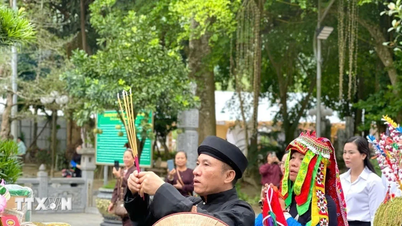

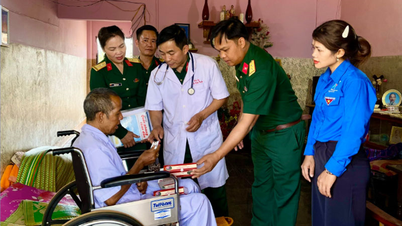

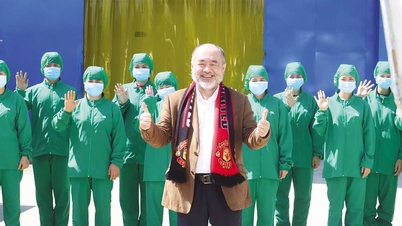









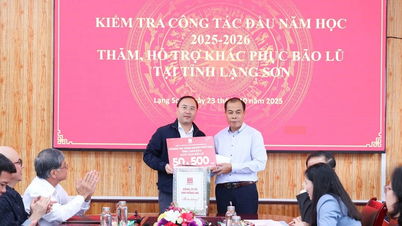



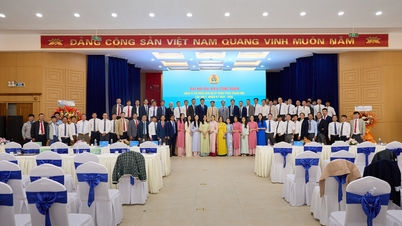
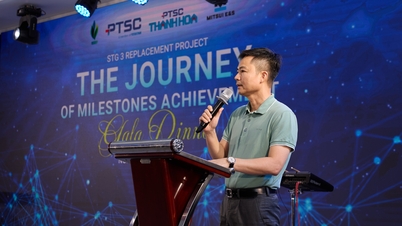








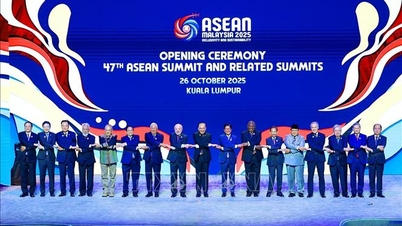
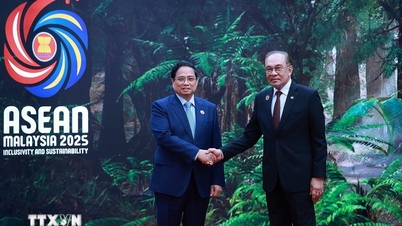


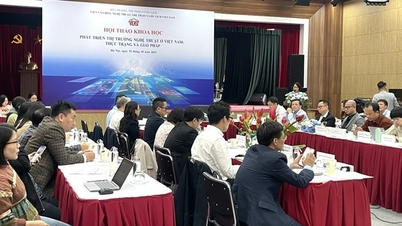




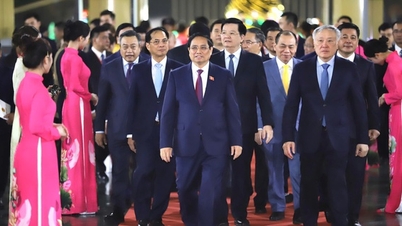






















Comment (0)